Looted during World War II, these artworks were returned to their rightful owners—and are now in the Getty Museum’s collection
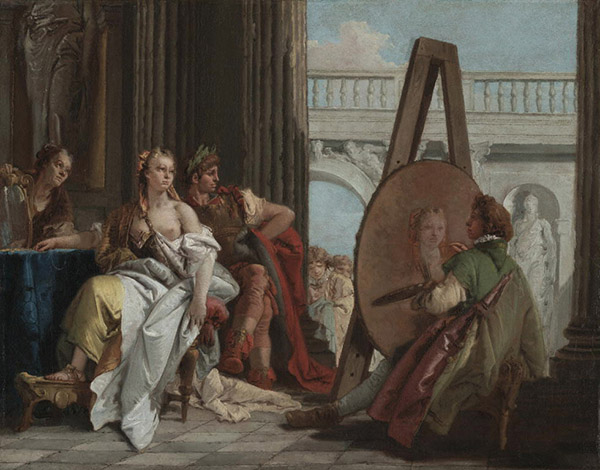
Alexander the Great and Campaspe in the Studio of Apelles, about 1740, Giovanni Battista Tiepolo. The J. Paul Getty Museum. Stolen in 1941; installed in the Louvre from 1947 to 1999; returned to the heirs of the owner in 1999.
By now you’ve probably heard about the Monuments Men (and women), thanks to the film and book of that name. It’s an astounding but true story: about 345 men and women from 13 countries united to track down and return a vast number of objects that had been seized by the Nazis. Many of them were art historians, artists, museum directors, curators, architects, and educators—a rather unlikely bunch for a life-and-death adventure. (Meet some of them through photos and documents in the Getty Research Institute’s collection.) The story of the Monuments Men may seem long ago and far away, but it reaches present-day L.A. in the form of several artworks in Los Angeles museums, including the Getty Museum.
Like most museums we keep extensive records on the Nazi-era provenance, or ownership history, of artworks in our collection. The stories of these five artworks have a consistent theme. They include such phrases as: “sold to the Führermuseum,” “looted by the Nazis,” “in the possession of the Vichy Government of France,” “confiscated by the ERR” (the Nazi agency responsible for the thefts), and the compact but dire phrase “August 1941 to [Hermann] Goering.”
After the war ended, the Nazi-looted artworks now in our collection were safely returned to the original owners, or in a few cases safeguarded by other museums; later they were sold to us. The caption information in this post describes their locations during the war, and provides an interesting sampling of the fate of artworks in Europe during World War II.
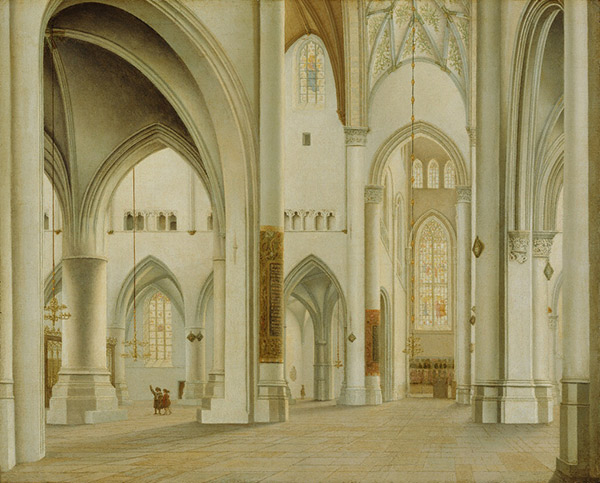
The Interior of St. Bavo, Haarlem, 1628, Pieter Jansz. Saenredam. Oil on panel, 15 1/4 x 18 3/4 in. The J. Paul Getty Museum, 85.PB.225. Seized by the Vichy government in 1943; restituted to the Adolph Schloss family in 1945.
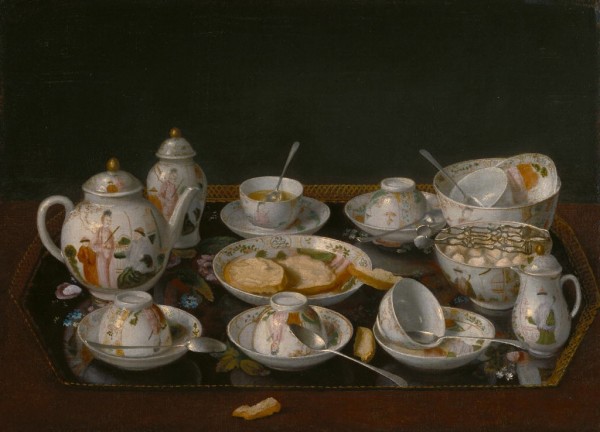
Still Life: Tea Set, 1781–83, Jean-Étienne Liotard. Oil on canvas mounted on board, 14 7/8 x 20 5/16 in. The J. Paul Getty Museum, 84.PA.57. Sold to the Führermuseum in 1944; restituted by the Allied Forces to the Stichtung Nederlandisch Kunstbezit in 1945.
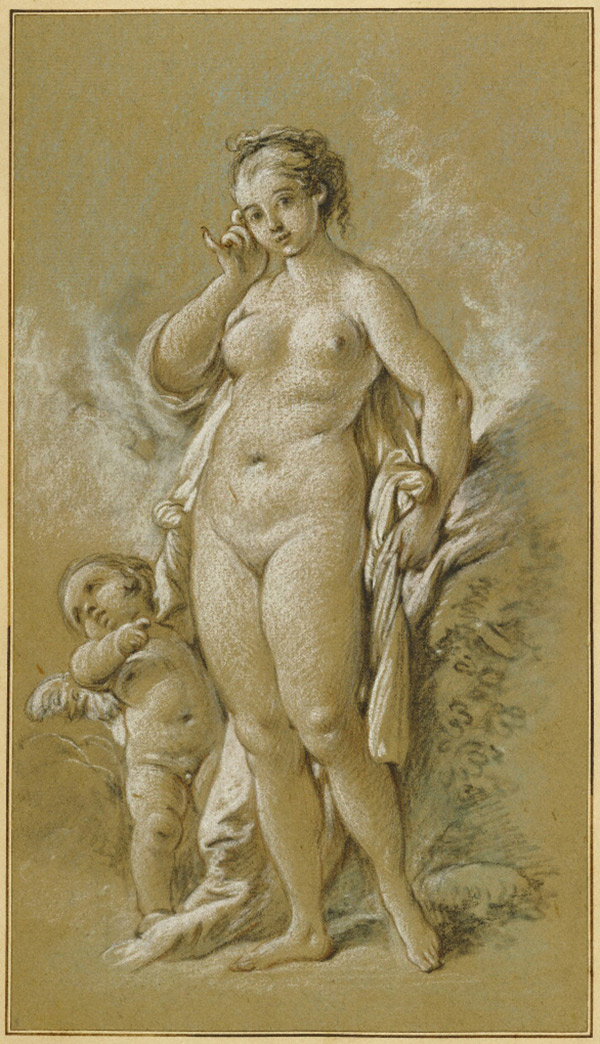
Venus and Cupid, 1750–52, François Boucher. Black, white, red, blue, and green chalk on paper, 14 3/4 x 8 3/8 in. The J. Paul Getty Museum, 84.GB.20. Confiscated by the ERR and sent to Hermann Goering in 1941; returned to Paris in 1946.
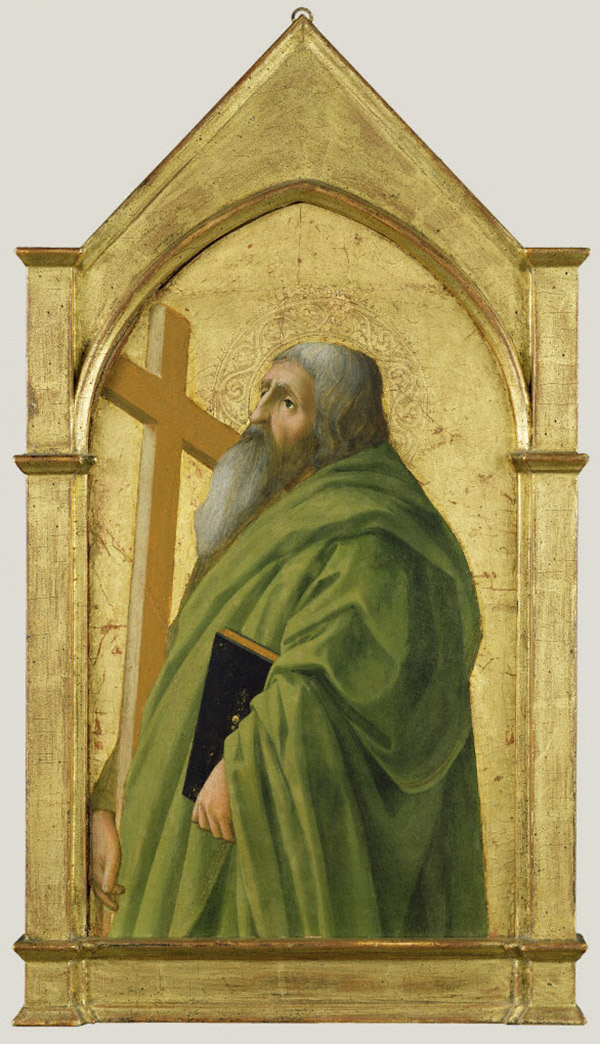
Saint Andrew, 1426, Tommaso Guidi Masaccio. Tempera on wood, 20 5/8 x 12 5/8 in. The J. Paul Getty Museum, 79.PB.61. Looted by the Nazis in 1939 and kept at Schloss Stiesberg, near Wiener-Neustadt, Austria; restituted to the Lanckoroński family in 1945.



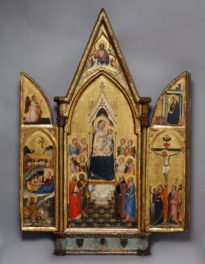
Comments on this post are now closed.